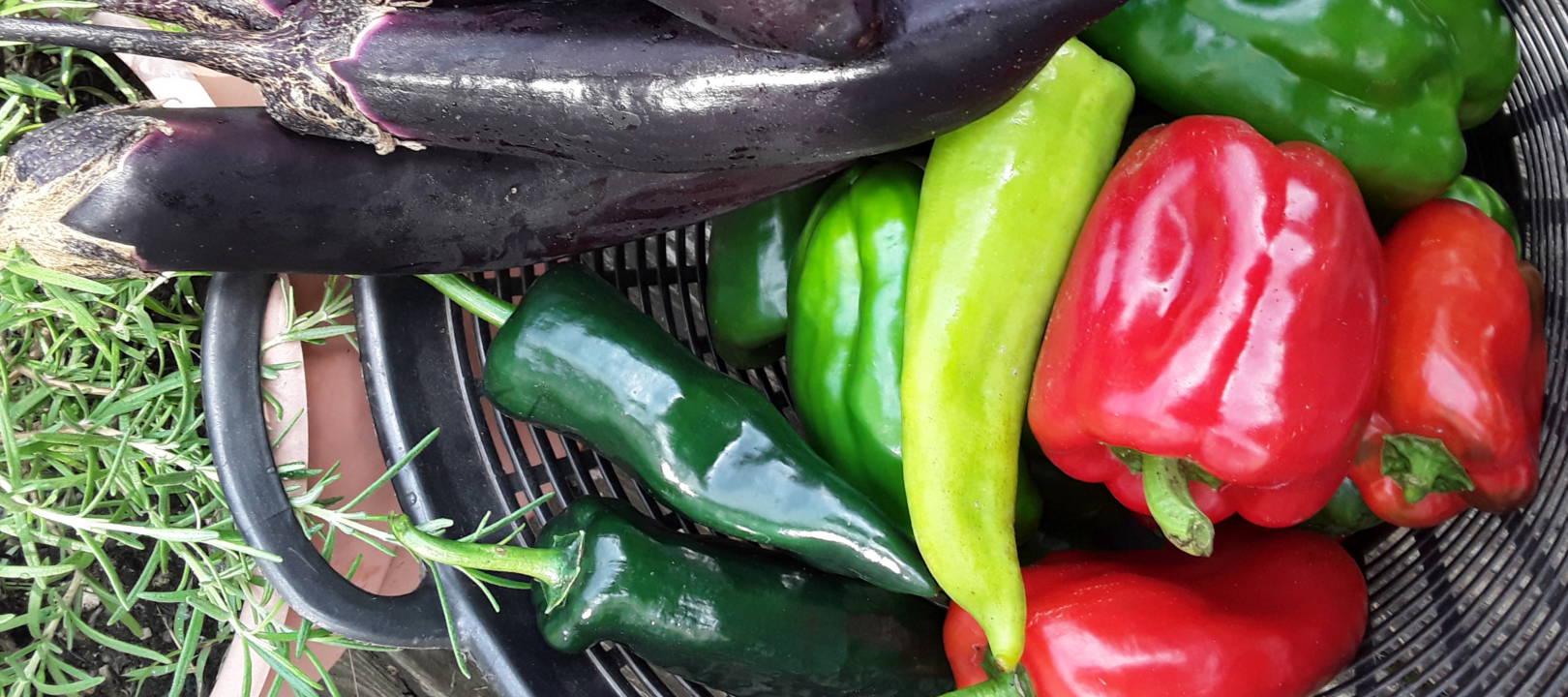We have some favorite recipes that we would like to share with you. At the market, people often ask us, “How do I cook this?” Well, this is how we do it, and there are many other ways as well. Look for new recipes for using our produce at the Farmers Markets as well as here. If you have one that you would like to share, please let us know!
Roasted Shallots
Shallots have a delicate and sweet onion flavor. They can be eaten raw or cooked. They’re a nice addition to a salad dressing or cooked in a braise. We’ve discovered they are amazing roasted on their own!
(more…)Winter Squash
Winter squash are one of our staple crops and a staple keeper in our home pantry. We look forward to having squash through the cold days of winter. Winter squash gets sweeter as they age. We have recipes for the different types we grow.
(more…)Roasted Cherry Tomatoes
We’re dreaming of fresh cherry tomatoes in January, but hopefully sometime in August we have all our heart’s desire. Wondering what to with your bounty? Roasting cherry tomatoes is one of the most simple and delicious ways to enjoy the sweetness we dream about in the winter.
(more…)Leafy Greens
Greens are a staple on our farm and in our kitchen. We eat them daily- morning, noon, and night! Five of our favorite greens to eat and grow are spinach, kale, Swiss chard, bok choy, and collards.
An important part of a healthy diet, leafy greens are packed with vitamins, minerals, and fiber. A quick Google search can give you plenty of information about their nutritional contents and health benefits.
Greens are quick to cook and retain their nutrients when eaten raw or lightly cooked.
(more…)Potato Leek Soup
A very versatile soup. This is great warm on a cool day or cool on a warm day!
(more…)Garlic Scape Pesto
Garlic scapes are the curly pre-bloom flower stalks of hard-neck garlic plants. Here are a couple pesto recipes for garlic scape pesto. This is very easy to make; it is great fresh, and freezes well for winter. The first one is the one we make every year for farmers markets.
(more…)Paula’s Basil Pesto
This is the standard pesto with the recipie tweaked the way we like it, we hope you do too! It freezes well for winter, we use jelly jars.
(more…)
